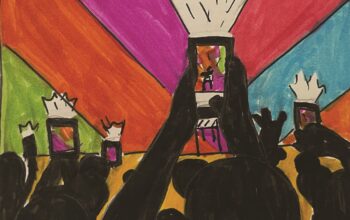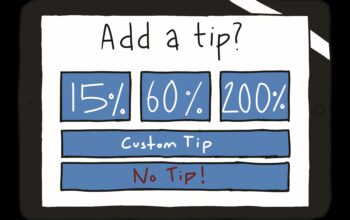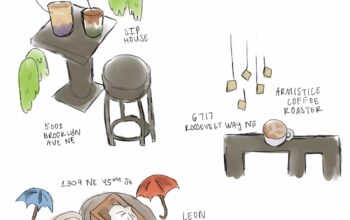High school is often characterized by various activities that are looked back on as some of the best experiences of our young lives. Attending football games on Friday nights, joining new clubs, and going to parties with friends are integral moments to being a teenager.
However, due to the harsh circumstances of COVID-19, one of the largest events for high schoolers has been put on pause. School dances have not yet returned, and this is for the better.
In a recently conducted Instagram poll across all grades at Roosevelt, 88% of the 50 respondents said they would want a school dance if the COVID-19 guidelines allowed for one.
“I feel like a big part of high school is the dances, and Roosevelt doesn’t really do dances besides Prom and Winter Ball,” says one anonymous student. “It would be nice to have a formal homecoming, especially as upperclassmen.”
For many others, the return of school dances would invite a sense of normalcy, especially as the high school experience has been missed over the past few years of quarantine. “[I’ve] never been to a school dance, ever,” one student told The Roosevelt News, “I’d like to have that experience before I graduate.”
While the student body expresses strong desire to have a Winter Ball and Senior Prom, it would be too irresponsible considering the current state of the pandemic.
According to the Centers for Disease Control (CDC), the Delta variant is the predominant strain of the virus in the U.S., causing more infections and evading vaccine efficacy more than prior strains. With the Delta variant continuing to strain the health care system, and the new Omicron mutation raising concerns over vaccine efficacy and possible increased infection rates, a school dance would only add unnecessary stresses on the community.
With winter fast approaching, the likelihood of an increase in the COVID-19 spread is high. Dances would only create more possibilities for transmission, especially since the dances would have to take place indoors with students close together.
“Coronaviruses tend to thrive in winter months and colder weather,” CDC Director Rochelle Walensky said in a White House COVID-19 briefing in October. “Right now is not the time, as cases are coming down to become complacent because we do know colder weather is ahead of us.”
As of Dec. 3, the Seattle Public Schools (SPS) Northeast district has reported 153 cumulative positive cases. Having a school dance would only increase the opportunity for transmission of the disease to occur.
The easiest solution to limit any form of transmission would be requiring that all students have the vaccine. According to the Washington State Department of Health, as of Dec. 6, 74.9% of the population 12 and up are fully vaccinated. While this is an encouraging statistic for public safety, “School districts in Washington don’t have the authority to require students to receive a specific vaccine,” says The Seattle Times. “Only the state has that power.”
While the CDC continues to discourage large events, it specifically discourages “crowded, poorly ventilated spaces.” With this, if a school dance were to be held, outdoor spaces would be the safest option.
But outdoor dances are not great options this year, as Seattle is expected to have a La Niña winter. According to King 5 News, La Niña winters are, “Associated with below-average temperatures and above-average rainfall in the Pacific Northwest.” Heavy amounts of rain, wind, and the cool temperatures would put an end to a school dance.
A school dance is out of the realm of possibilities without being able to properly ensure student safety. This is all subject to change if the state can revisit current policies to make larger gatherings safer for students. Until then, a dance poses too much of a danger to our Roosevelt community.


